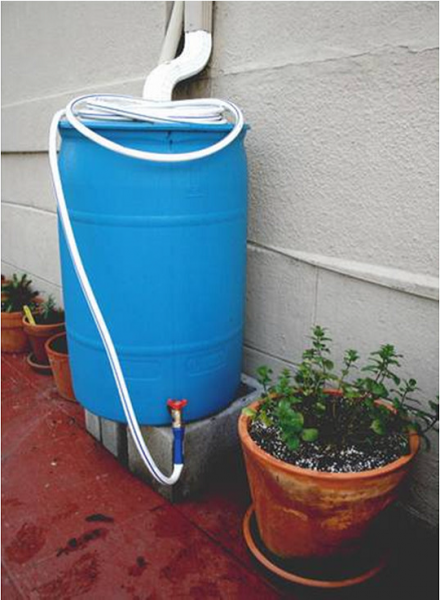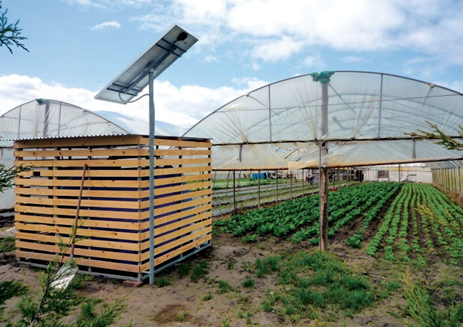- Rainwater collection
Rainwater harvesting involves the collection and storage of rainwater at source for later use, for example, using water butts or larger storage tanks. Water butts are the most widely used and simplest rainwater harvesting technique, collecting rainwater runoff from roofs via a connection to the roof down-pipe. They are primarily designed for small scale use such as in domestic gardens, although a range of non-potable uses is possible.
A limitation of rainwater harvesting as an NWRM is that during wet periods, water butts are often full and water use may be low, resulting in little or no attenuation or reduction in runoff rates or volumes.
As a result, there are differing opinions about the role of rainwater harvesting in providing a water retention function. Tanks can be specifically designed and managed to accommodate storm water volumes, which is likely to be more effective when applied at a larger scale than individual properties. In general, however, rainwater harvesting should be considered only as a source-control component in a SuDS ‘train’ where it contributes to effective and sustainable water management in combination with other measures.

Tank containing rainwater
Source: Andras Kis’ presentation, NWRM Workshop 1

Rainwater harvesting in a farm (IT)...
